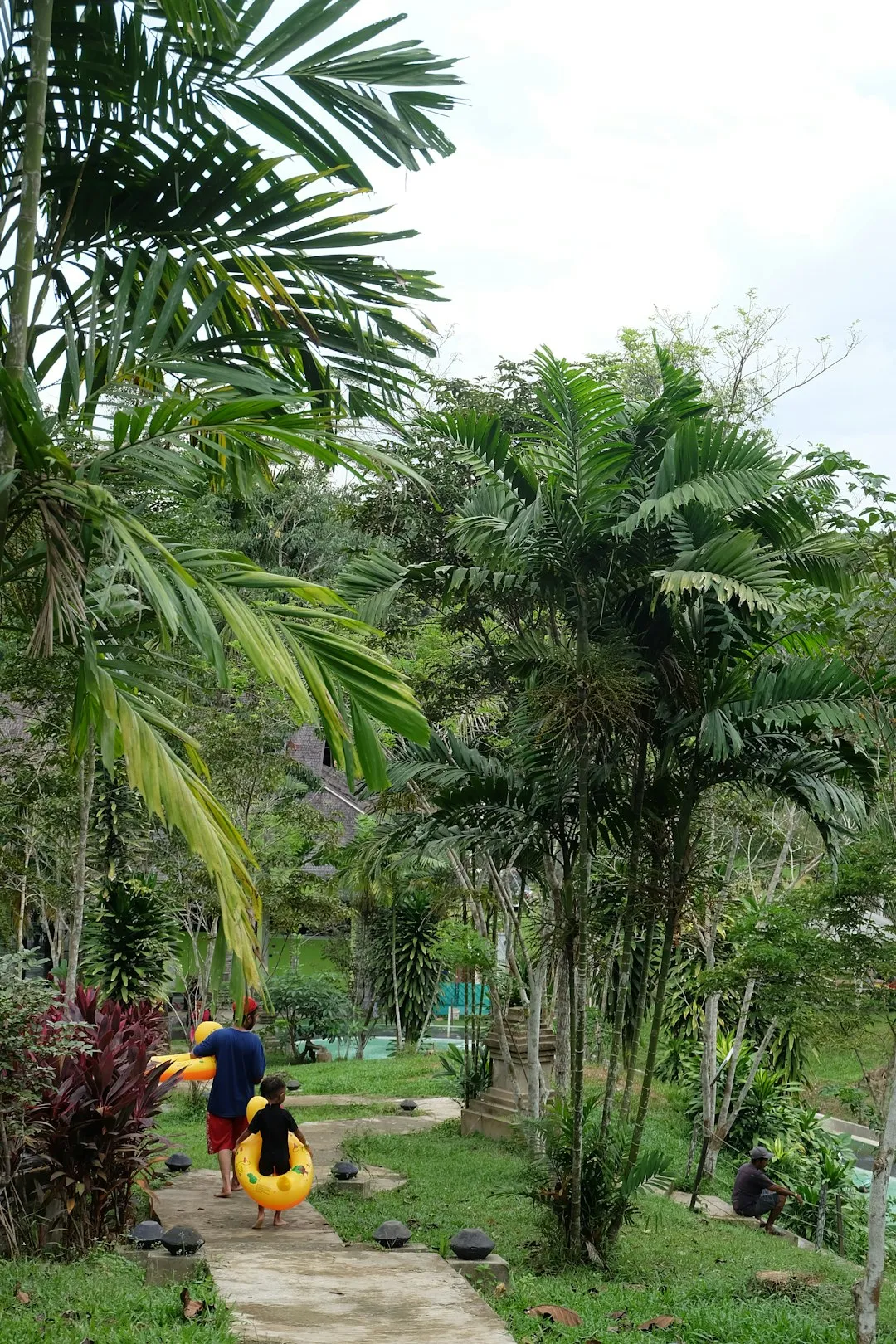The Battle Against Invasive Garlic Mustard: Effective Eradication and Disposal

Garlic mustard, an invasive plant species, has become a significant concern for gardeners and environmentalists alike. This noxious weed not only disrupts the natural ecosystem but also poses a threat to native plant species. In this article, we will delve into the methods of getting rid of invasive garlic mustard and the proper ways to dispose of it to prevent seed spread.
Garlic mustard (Alliaria petiolata) is a biennial herb that originated in Europe. It was initially introduced to North America for its culinary and medicinal uses. However, without its natural predators in the new environment, it has spread rapidly and outcompeted native plants. The plant can grow up to 3 - 4 feet tall and has heart - shaped leaves with a distinct garlic smell when crushed. In the spring, it produces small, white four - petaled flowers.
One of the main reasons garlic mustard is so invasive is its prolific seed production. A single plant can produce hundreds of seeds, which can remain viable in the soil for up to five years. These seeds are easily dispersed by wind, water, animals, and human activities such as hiking and gardening. Once the seeds germinate, they form dense stands that shade out native plants, reducing biodiversity.
Now, let's explore the various methods of getting rid of garlic mustard. The first approach is manual removal. This method is most effective for small infestations. When pulling garlic mustard, it is crucial to remove the entire root system. If the roots are left in the ground, the plant can regrow. It is best to pull the plants before they flower and set seed, typically in the early spring or late fall. Wearing gloves is recommended as the plant can cause skin irritation in some people.
For larger infestations, chemical control can be an option. Herbicides containing glyphosate or triclopyr can be effective in killing garlic mustard. However, these chemicals should be used with caution as they can also harm non - target plants. It is important to follow the manufacturer's instructions carefully and apply the herbicide on a calm day to prevent drift. Spot - treating individual plants is often a better approach than broadcast spraying to minimize the impact on the surrounding environment.
Another method is biological control. Some insects and fungi that are natural enemies of garlic mustard in its native range are being studied for their potential use in North America. However, introducing non - native biological control agents requires extensive research to ensure that they do not cause unintended harm to native species.
Proper disposal of garlic mustard is just as important as its removal. Once the plants are pulled or cut, they should not be left on the ground or composted. The seeds can still mature and spread even after the plant is removed. Instead, the plants should be bagged in heavy - duty plastic bags and disposed of in the trash. If possible, the bags should be left in the sun for a few days to kill any remaining seeds before disposal.
After removing garlic mustard, it is essential to monitor the area regularly for regrowth. Since the seeds can remain viable in the soil for several years, new plants may emerge. Re - seeding the area with native plants can also help to prevent the re - establishment of garlic mustard. Native plants are better adapted to the local environment and can outcompete invasive species.
In conclusion, getting rid of invasive garlic mustard requires a combination of methods and a long - term commitment. By understanding the plant's biology, using appropriate removal techniques, and disposing of it properly, we can help to protect our gardens and natural ecosystems from this invasive threat. Whether you are a home gardener or a conservationist, taking action against garlic mustard is an important step in preserving biodiversity.